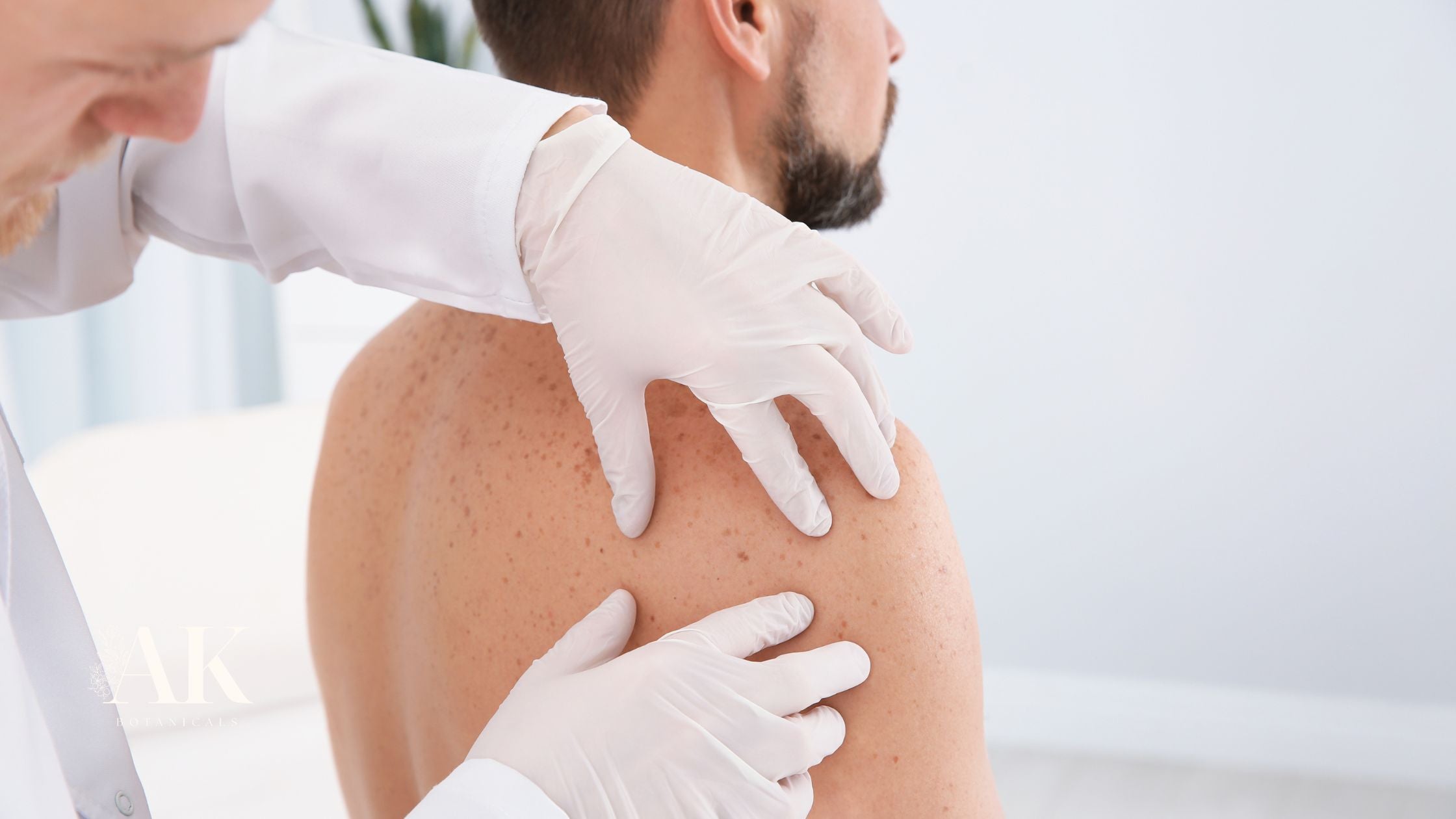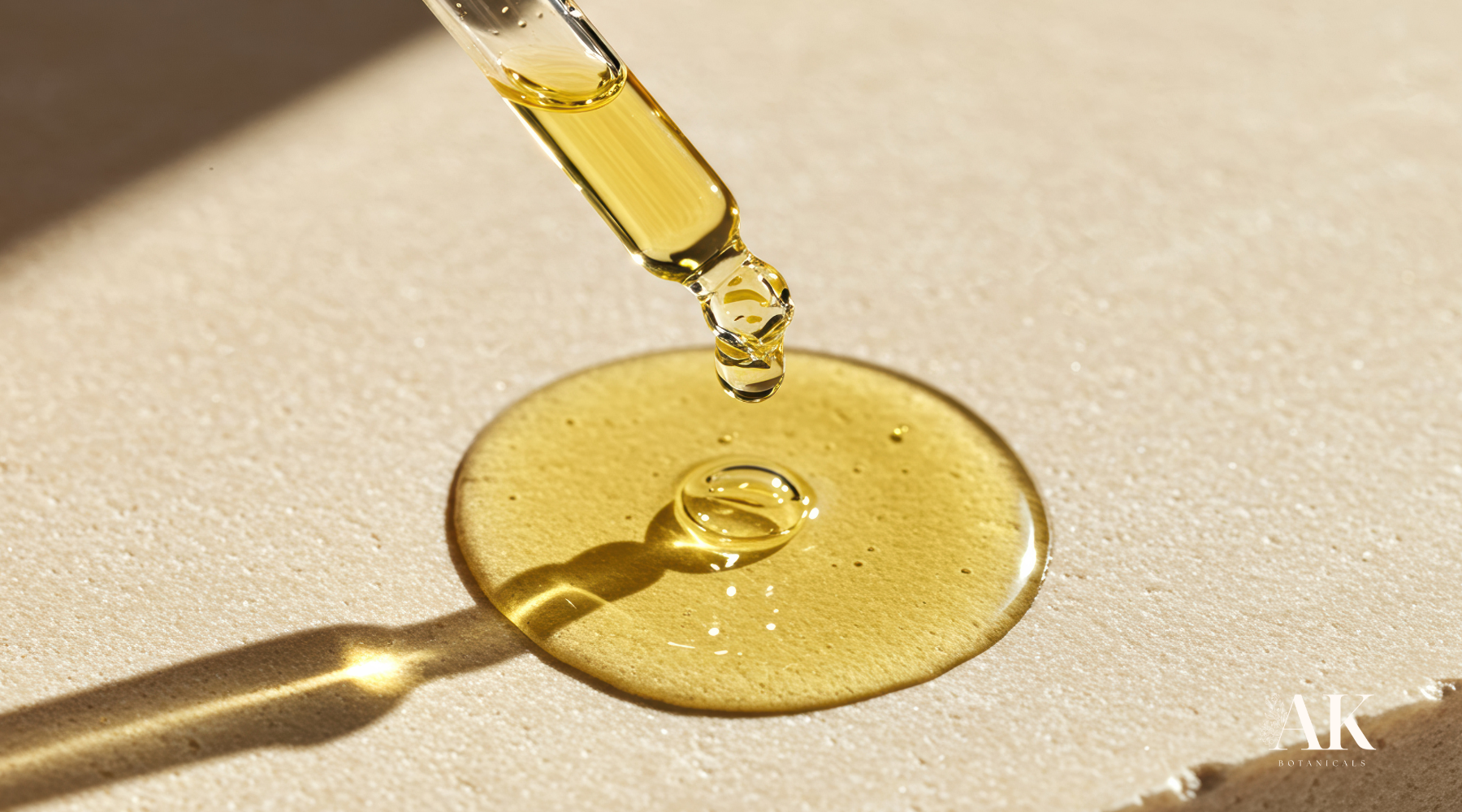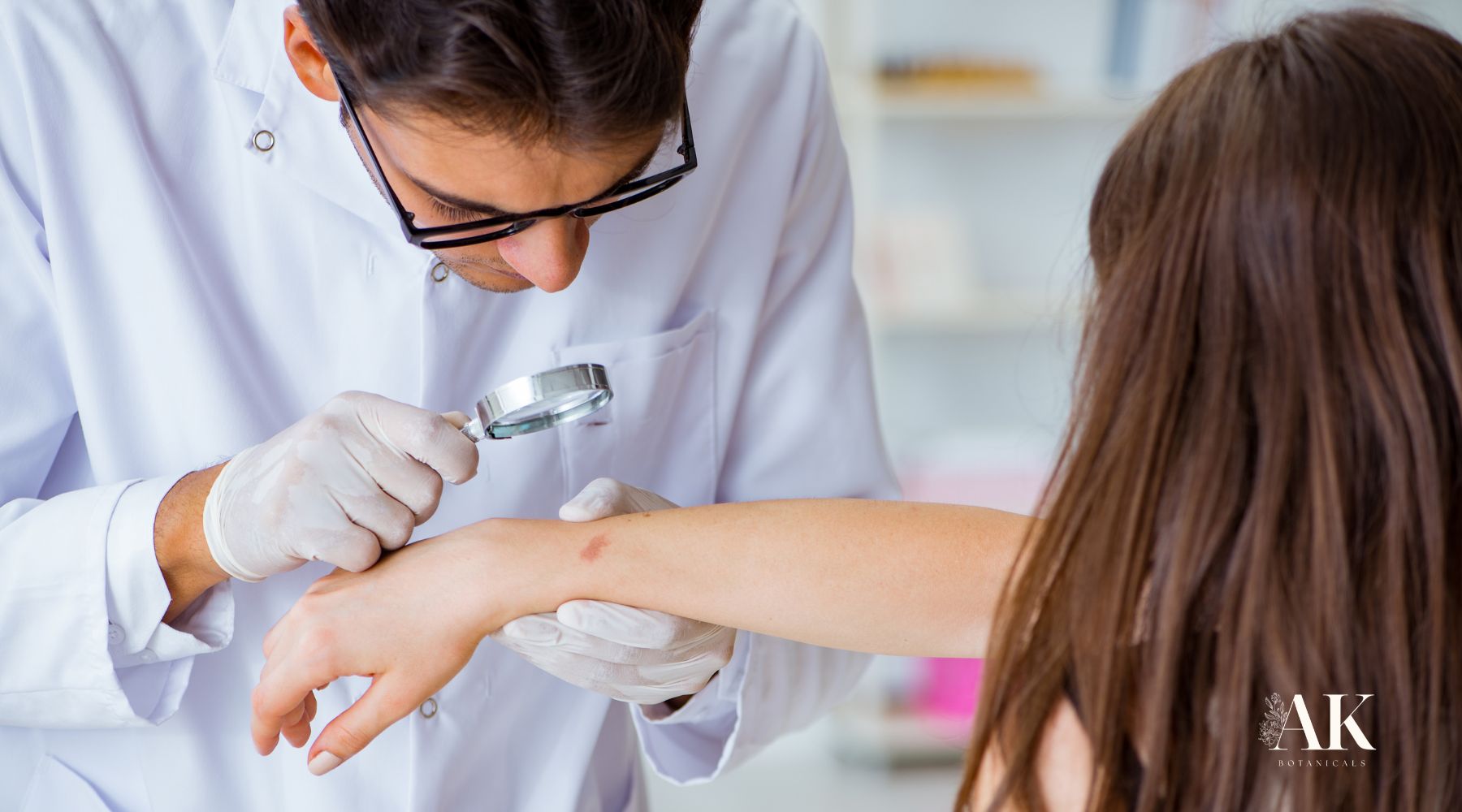
Mohs Surgery: A Precision Treatment for Skin Cancer
Skin cancer continues to be one of the most commonly diagnosed cancers globally, with millions of new cases reported each year. Among the different types of skin cancer, basal cell carcinoma (BCC), squamous cell carcinoma (SCC), and pre-cancerous lesions like actinic keratosis (AK) are particularly prevalent, especially among individuals with fair skin and high cumulative sun exposure. Merkel cell carcinoma, though less common, is also on the rise and requires early detection and tailored medical care.
While many treatment options exist, Mohs surgery has emerged as the gold standard for high-risk or advanced skin cancer cases due to its precision, high cure rates, and tissue-sparing benefits. Performed by highly trained Mohs surgeons, this method excels in both cancer removal and cosmetic preservation.
Explore what Mohs surgery is, how it works, when it’s recommended, and how patients can take a proactive approach to overall skin health through early detection, skin exams, and understanding risk factors.
What Is Mohs Surgery?
Mohs micrographic surgery is a specialized surgical technique developed by Dr. Frederic Mohs in the 1930s. Unlike traditional excision, which removes the tumor along with a wide margin of surrounding tissue, Mohs surgery removes skin cancer layer by layer and examines each under a microscope during the procedure. This allows the surgeon to precisely track and eliminate every strand of cancer, reducing recurrence while preserving as much healthy tissue as possible.
Key Benefits of Mohs Surgery:
- High cure rates (up to 99% for BCC and SCC)
- Minimally invasive with tissue conservation
- Performed under local anesthesia
- Same-day pathology review and surgical closure
How Is Mohs Surgery Performed?
The Mohs procedure is systematic and meticulous. It typically follows these steps:
- Local Anesthesia: The target area is numbed to ensure the patient feels no discomfort
- Tumor Removal: The visible portion of the tumor is excised, followed by a thin layer of surrounding tissue.
- Microscopic Examination: The removed tissue is processed and examined by the surgeon under a microscope to determine whether any cancerous cells remain.
- Additional Layers as Needed: If cancer cells are detected, another layer is removed only from the affected area. This continues until the margins are clear.
- Closure or Reconstruction: Once clear margins are confirmed, the wound is either closed with sutures or prepared for reconstructive techniques.
Because each layer is analyzed in real-time, patients often spend several hours at the clinic, but they leave knowing whether the procedure was fully successful - eliminating the waiting period for lab results common with other treatments.
Mohs Surgery and Actinic Keratosis
Actinic keratosis is typically classified as a precancerous skin condition. Caused by prolonged exposure to ultraviolet (UV) rays, AK presents as dry, scaly patches that may itch, sting, or crust over. While not cancerous on its own, AK carries a risk of progression to squamous cell carcinoma, a more dangerous form of skin cancer.
When Does AK Require Surgical Intervention?
- Persistent or recurrent lesions that resist medical care
- Thickened or indurated lesions (a sign of transformation into SCC)
- Lesions in high-risk or cosmetically sensitive areas, such as the face, lips, nose, ears, or scalp
- Cases involving multiple lesions, some of which may have become cancerous
In these advanced scenarios, Mohs surgery is recommended because it allows for:
- Accurate margin control in delicate areas
- Confirmation that no cancerous cells remain
- Optimal cosmetic and functional outcomes
Regular skin exams are critical to assess lesions and decide appropriate next steps in care.
Effectiveness of Mohs Surgery in Treating Skin Cancer
Studies have consistently shown that Mohs surgery delivers superior outcomes for non-melanoma skin cancers:
- 99% cure rate for primary BCC
- 97% cure rate for recurrent BCC
- Up to 95% cure rate for SCC
Its ability to remove only the affected tissue means patients retain more healthy skin - essential for treatments in cosmetically sensitive areas.
Why It Works So Well:
- Microscopic evaluation of all margins
- Sequential removal ensuring no cancerous cells are left
- Mohs surgeons act as both surgeon and pathologist, reducing delays or miscommunication
Pros and Cons of Mohs Surgery
Like any medical procedure, Mohs surgery has its advantages and limitations.
Pros:
Precision: Only tissue with cancer is removed
High success rate: Especially for high-risk or aggressive tumors
Immediate results: Patients leave knowing if the cancer is gone
Minimal scarring: Small, precise removals
Single visit: Typically outpatient, no general anesthesia needed
Cons:
Time-consuming: Procedure may take several hours
Cost: More expensive than other treatments due to specialist involvement
Scarring still possible: Especially with large tumors or deep layers
Availability: Not all clinics or areas have access to Mohs surgeons
Supporting Your Skin with Botanical Care
While surgical treatments are sometimes necessary for advanced conditions, many individuals also prioritize general skin health and resilience as part of their daily routines. At AK Botanicals, we believe that caring for your skin is an important form of self-care.
AKti-Clear is our botanically infused formula to nurture sun-damaged skin.
Building a Proactive Approach to Skin Wellness
Regardless of your treatment path, maintaining skin health involves:
- Scheduling annual skin exams with a dermatologist
- Using broad-spectrum sunscreen daily
- Wearing protective clothing and hats when outdoors
- Incorporating botanical skincare products that nurture and soothe your skin
Skin cancer and precancerous lesions like actinic keratosis highlight the importance of proactive care, early detection, and thoughtful lifestyle choices. Mohs surgery remains a powerful tool for treating advanced cases, while daily protective and supportive routines help keep your skin healthy and resilient for years to come.
Disclaimer: This article is intended for informational purposes only and does not constitute medical advice. Always consult a board-certified dermatologist regarding your specific condition.




